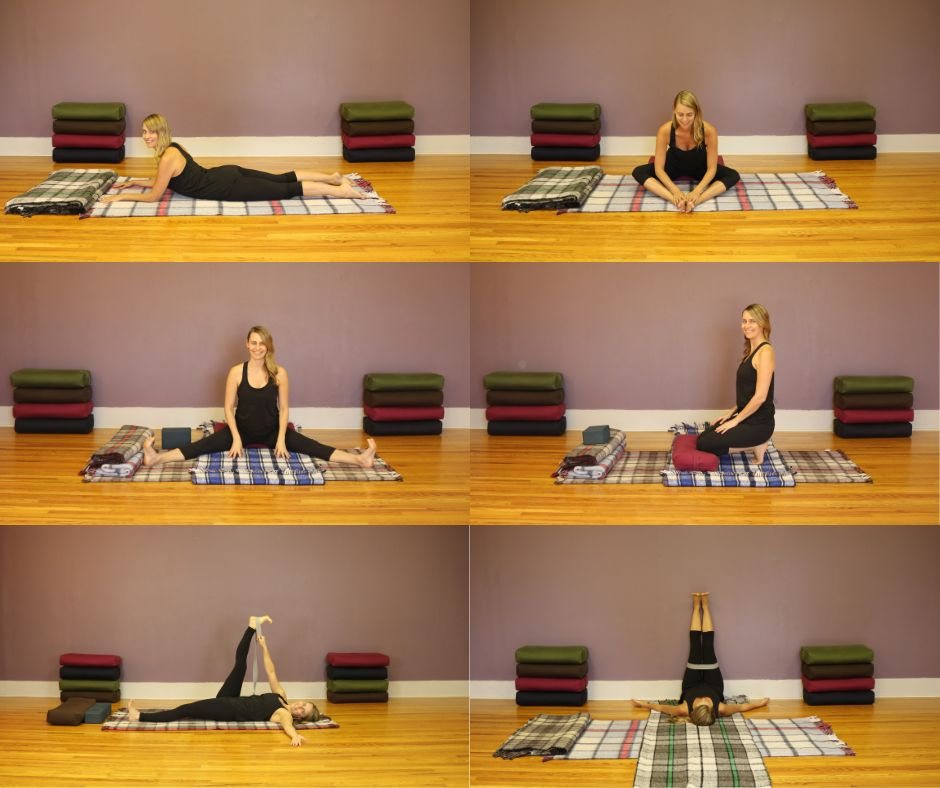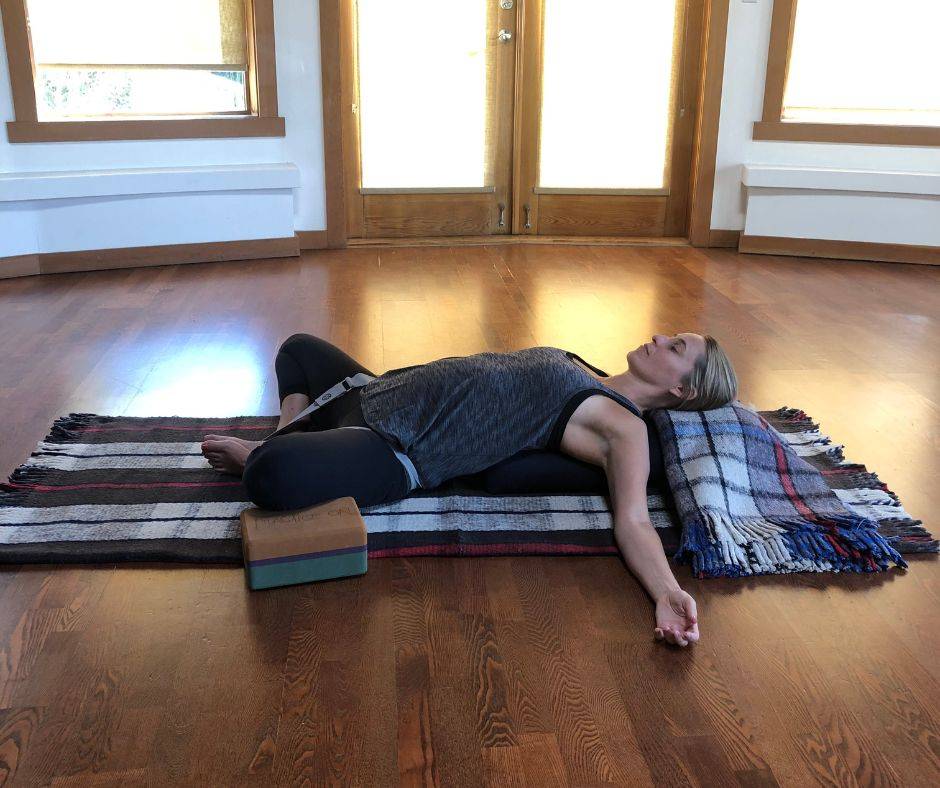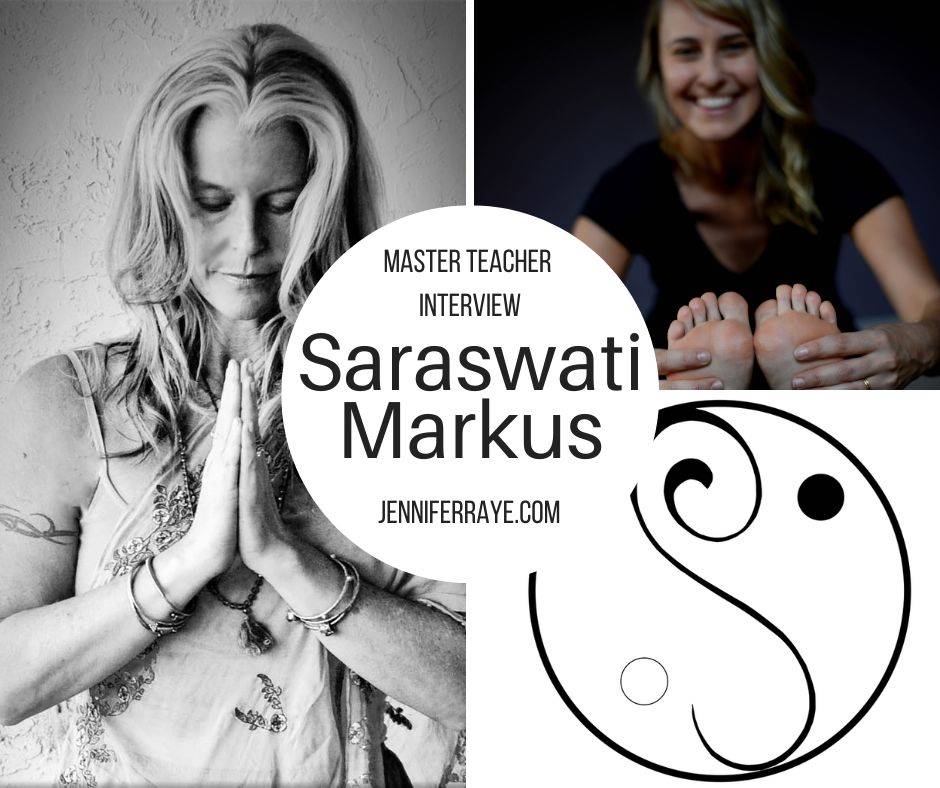The terms yin and yang are used within Taoist and Chinese philosophy to describe how opposite forces are connected and interdependent in the natural world. Yin refers to qualities that are slower and more passive, while yang refers to qualities that are more active and dynamic.
When the two forces of yin and yang are balanced there will be health and wellbeing.
“sthira-sukham asanam” - Asana should be stable and comfortable.
Sutra 2.46, Yoga Sutras of Patanjali
Within a yoga practice the terms “sthira” and “sukha” have yang and yin characteristics. Sthira refers to stability and steadiness and sukha refers to ease and comfort.
Practice along with this simple yin yang yoga sequence to balance both yin and yang and sthira and sukha.
Yin Yang Yoga Sequence
This practice is very gentle and is great yoga practice for beginner yoga students. It starts with active movement and transitions to slower movement. I hope you enjoy!
According to Taoist philosophy, yin and yang arise from the “primordial source” and they are used to describe characteristics found in nature. They are also relative terms. Something is only considered yin in relation to something more yang. For example, the moon is more yin than the sun which is more yang.
These seemingly contrary forces interrelate with one another. Yin and yang create, control, and transform into one another.
 Traditionally, yin and yang are described as the shady and sunny side of the mountain. They can be thought of as phases of a cyclical movement (dark and light, activity and rest) or varying states of matter (expansion and contraction or rising and descending).
Traditionally, yin and yang are described as the shady and sunny side of the mountain. They can be thought of as phases of a cyclical movement (dark and light, activity and rest) or varying states of matter (expansion and contraction or rising and descending).
According to taoist philosophy, everything has both yin and yang aspects. Within the yin-yang symbol there is still a spark of yang on the yin side, and within the yang side there is still a hint of yin.

Traditionally, yin and yang are described as the shady and sunny side of the mountain. They can be thought of as phases of a cyclical movement (dark and light, activity and rest) or varying states of matter (expansion and contraction or rising and descending).
According to taoist philosophy, everything has both yin and yang aspects. Within the yin-yang symbol there is still a spark of yang on the yin side, and within the yang side there is still a hint of yin.
Yin Yang Yoga and Yin Yang Qualities
According to Taoism and Chinese Medicine health and wellbeing require a balance of yin and yang. Even within the body, yin and yang aspects are present. States of disease and health are also reflected through these two forces.
Today’s practice video starts with a few yang movements. Yang is more active, fiery, upward and outward moving. Yang “stokes” the metabolic process. For instance, digestion and the beating of the heart rely on yang.
Yang qualities can be reflected in the yoga practice when we embody sthira, which is a word from the Yoga Sutra’s of Patanjai that describes steadiness.
After the yang movements, the yoga practice transitions to a few yin yoga postures. Yin is cool, slow, passive, downward, and inward moving. For example, our bodies fluids and deeper tissues are yin (blood, lymph, bones). Learn more about yin yoga here.
Yin qualities can be reflected in the yoga practice when we embody sukha, which is a word from the Yoga Sutra’s of Patanjai that describes ease.
Let me know in the comments how you embody yin and yang! Want to learn more about yin and yang? Check out this post on cooking with yin and yang.







